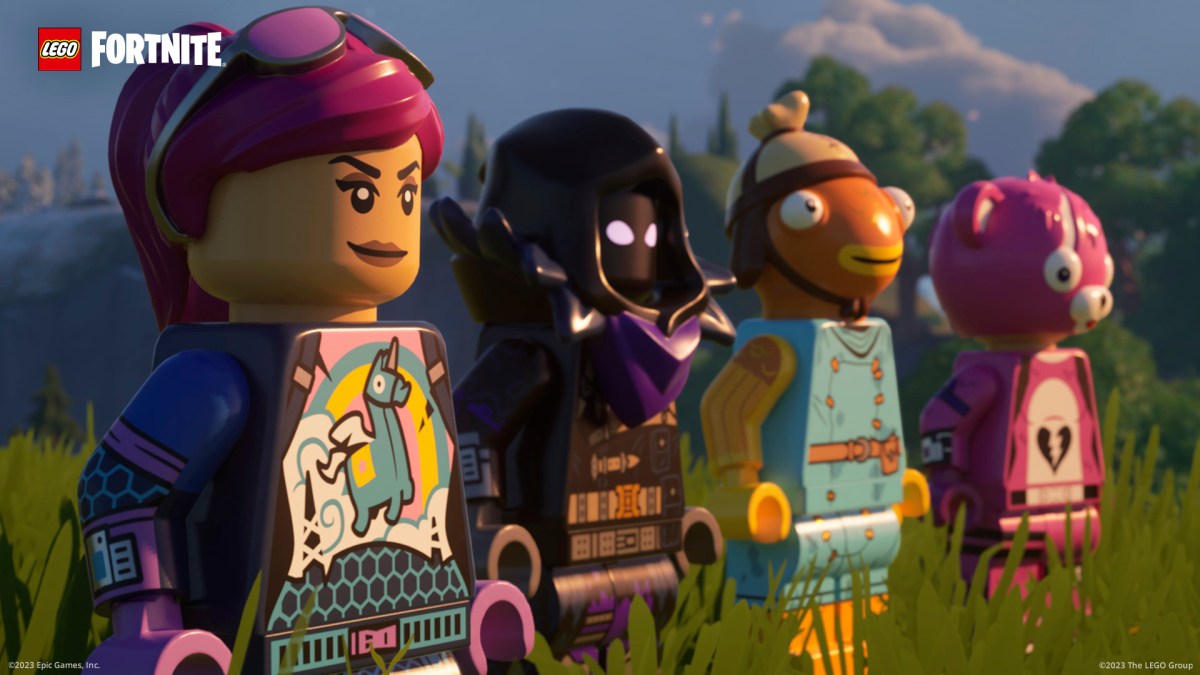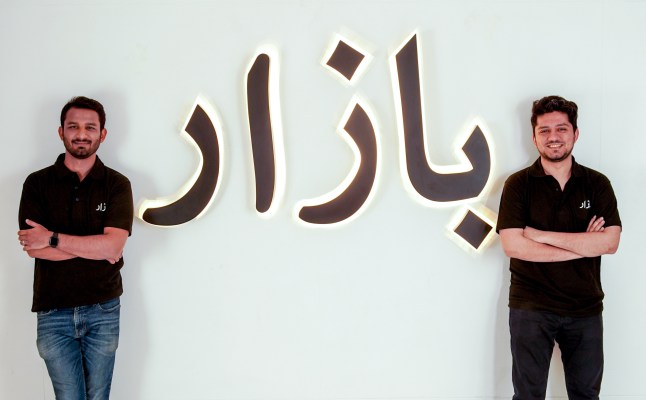France’s Mistral AI blows in with a $113M seed round at a $260M valuation to take on OpenAI
AI is well and truly off to the races: a startup that is only four weeks old has picked up a $113 million round of seed funding to compete against OpenAI in the building, training and application of large language models and generative AI.
Mistral AI, based out of Paris, is co-founded by alums from Google’s DeepMind and Meta and will be focusing on open source solutions and targeting enterprises to create what CEO Arthur Mensch believes is currently the biggest challenge in the field: “To make AI useful.” It plans to release its first models for text-based generative AI in 2024.
Lightspeed Venture Partners is leading this round, with Xavier Niel, JCDecaux Holding, Rodolphe Saadé and Motier Ventures in France, La Famiglia and Headline in Germany, Exor Ventures in Italy and Sofina in Belgium, First Minute Capital and LocalGlobe in the UK all also participating.
Mistral AI notes that French investment bank Bpifrance and former Google CEO Eric Schmidt are also shareholders. Sources close to the company confirm that the €105 million in funding ($113M at today’s rates) values Mistral AI €240 million ($260 million). To note, this is the same number that was being rumored about a month ago in the French press when people started chattering about the company.

Guillaume LAMPLE. Arthur MENSCH. Timothee LACROIX. Mistral. Paris. France. 05/2023 © david atlan
Mensch (center), along with his co-founders Timothée Lacroix (CTO – L) and Guillaume Lample (Chief Science Officer – R), are all in their early thirties and have known each other since school, when they were all studying across the field of artificial intelligence.
Mensch was working at DeepMind in Paris, and Lacroix and Lample were at Meta’s Paris AI outpost; and Mensch said it was sometime last year that they got to talking about the direction they could see AI development taking.
“We could see the technology really start to accelerate last year,” he said in an interview today, most likely in reference to the leaps that OpenAI was making with its GPT model, which was a shot in the arm for a lot of people in AI and the wider world of tech.
But while OpenAI has the word “open” in its name, it felt like anything but. Mensch, Lacroix and Lample felt that a proprietary approach was largely shaping up to be the norm, and they saw an opportunity to do things differently. “Open source is a core part of our DNA,” Mensch noted.
It’s very early to talk about what Mistral is doing or will be doing — it’s only around a month old — but from what Mensch said, the plan is to build models using only publicly available data to avoid legal issues that some others have faced over training data, he said; users will be able to contribute their own datasets, too. Models and data sets will be open-sourced, as well.
And while some believe that open source has created a tricky landscape (and minefield) when it comes to areas like application security, “we believe that the benefit of using open source can overcome the misuse potential,” he added. “Open source can prove tactical in security and we believe it will be the case here, too.”
It’s also too soon to know how well its future products will resonate in the market. But what’s interesting is the startup’s singular focus on enterprise, not consumer, customers, and the idea that there is a gap in the market for helping those customers figure out what they need to do, and how they can do it.
“At the moment we have proof that AI is useful in some cases,” Mensch said. “But there are still too many workers in different fields being asked to be creative [with AI], and we need to figure this out for them. We want to give them tools that are easy to use to create their own products.”
It may seem like a big leap to give funding to such a young company without any customers, let alone a product, to its name — especially since the penny is already dropping in some high-profile cases. Neeva (another startup with a Google pedigree) gave up on its consumer AI search play and sold a chunk of its tech to Snowflake; and recently Stability AI has also been in the spotlight, though not in a good way.
But Antoine Moyroud, who led the investment for Lightspeed (which also backed Stability AI, I should point out), said that he believes it’s a leap worth taking.
“For us at Lightspeed, we didn’t work in isolation,” he said in an interview. “We had a chance to see a few strong tech teams looking to raise funding to build LLM across India, the U.S. and Europe. But what was lacking was while they were strong technically they hadn’t thought about the second order effects of LLM.” That is to say, they were not thinking of where and how they might be applied.
He likens the AI landscape to bigger infrastructure plays like cloud computing and database businesses, not applications. “We think value will accrue here as it has in the cloud, where there will be 5-6 players getting the lion’s share.
“Then we thought who are the most credible here? Then we met with the Mistral founders. It’s a very talented team. We think there are only 70-100 people in the world right now with their expertise for language models and optimizing them.” Lample, as one example, led the development of LLaMA, Meta’s Large Language Model, and he was leading the LLM team at Meta before he left to co-found Mistral AI.
On another note, the fact that AI startups are getting VCs to open their checkbooks is notable. The Googles, Apples, Metas, Amazons, Microsofts, etc. of the world will definitely make their plays in this space, but the fact that startups are being formed and are finding willing recruits is a signal that it’s not all game over just yet.
A mistral is a north wind that blows down Europe, and usually when it blows that is a sign of good weather in the days following. The startup may well be hoping for the same effect here.
San Francisco people often refer to their “uncanny valley,” but at the end of the day, Mensch said he believes that there has to be a credible effort from all around the world to build and take some ownership of how AI will develop. This is Mistral’s play to give France a shot at that.
Its plan is to use the funding to assemble what he describes as a “world class team” creating “the best open source models,” he said, and it will definitely now have some money to blow through to do just that.




